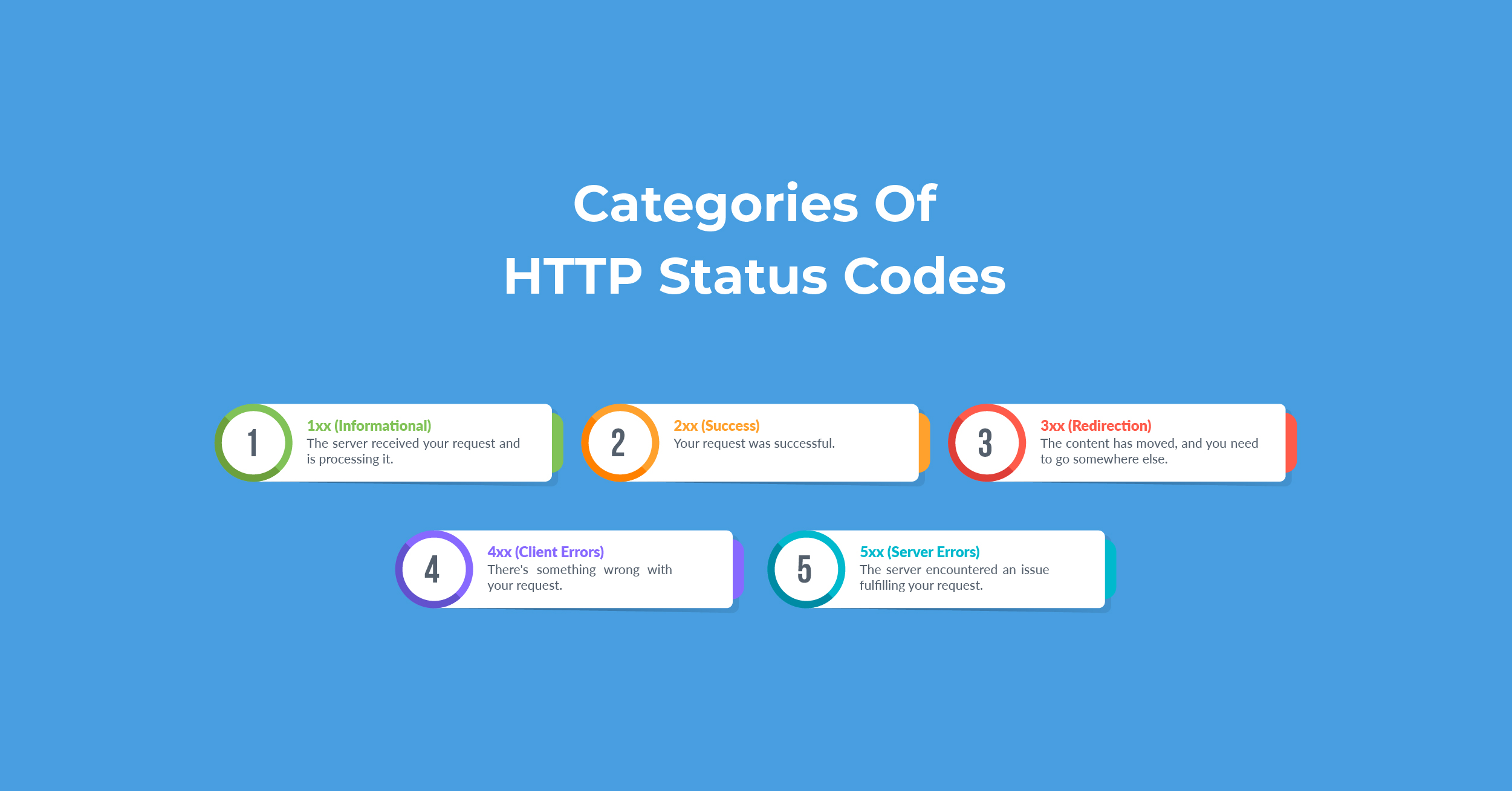Did you know that a mere blink of an eye can make or break your website’s success? When it comes to conversion, every second matters. Imagine you launched a website for your brand with the help of a first-rate web development company. You got your targeted traffic from the beginning as your website has all the essential add-ons needed to optimize website ranking. But, suddenly, you witness a sudden drop in traffic, which goes down to very low. That’s where you should sort out the problem of website performance, which depends on loading time.
Have you noticed how fast loading time can optimize your website performance? Whether running an E-commerce store, generating leads, or just wanting to build relationships with your customers, fasting loading time can be a game-changer for your business growth. Together with us, let’s find the best approaches to fasting loading time that can optimize website performance.
The Power of Swift Loading – An Introduction to Page Load Time
Page load time is the average duration a web page takes to load and become visible to visitors fully. Usually, it measures the time a visitor tries to access the page by clicking on a link or entering a URL until the website’s content, including text, images, videos, or other resources, is fully presented and ready to interact.
It is one of the critical factors that can directly impact user experience. A faster page load time can help you provide the best customer experience. Conversely, slow page loading can frustrate the user, increasing the bounce rate and potentially losing engagement and conversion.
Why is Faster Loading Time Important for Website Performance Optimization?
For website performance, speed is the main factor that holds a prominent position in the website development process for a web development company. Internet users have become increasingly impatient in the digital revolution, expecting instant service access. So it becomes necessary for any web development company that wants their client’s websites to rank on top of the search engine must understand the importance of faster loading time.
Here are a few benefits that will help you to understand the importance of fastening loading time in optimizing website performance.
Speed Up Your Website Loading Time – Top-Notch Tactics
Is your website feeling sluggish? If yes, then no need to worry as we have some effective approaches that will increase website load time and optimize website performance. These tactic implementations also let you successfully capture and retain user attention. Get ready to unlock the magical approaches with us that will transform your website into a speed demon!
1. Optimize Image Sizes
Heavy and oversized size images can slow down the website speed, so optimizing image sizes is paramount for improving website performance. You can consider resizing and compressing images to reduce the size without damaging visual quality. This reduction in image size allows faster image download, resulting in faster page loading and improved performance.
2. Minify CSS, HTML, and JavaScript
Remove unnecessary white spaces, comments, and line breaks from the code to decrease the overall size of the file. This minifying CSS, HTML, and JavaScript file size lets you optimize website performance. Also, the process can be done manually by reviewing and removing unnecessary elements in the code or by using minifying tools like JS Min to automate and complete the process in no time.
3. Enable Browser Caching
Allowing browser caching is also another influential technique to enhance website performance. By configuring caching headers, web developers can instruct browsers to save particular resources locally, resulting in reduced server requests and accelerated successive page load.
4. Use Content Delivery Networks
Implement content delivery networks for the distribution of static files on your website. This helps deliver content from the nearest server to the user, minimizing latency and improving load times.
5. Limit the number of HTTP Requests
Restricting the number of HTTP requests needed to load your website can also help a web development company optimize the load time of their website. Combine and optimize CSS and JavaScript files, utilize CSS sprites for multiple images, and use inline CSS and JavaScript for critical elements.
6. Optimize Server Response
A faster server response ensures smooth loading and keeps visitor engagement. To optimize server response, you can streamline database queries, implement beneficial caching mechanisms and select a reliable hosting provider.
7. Eliminate Render-Blocking Resources
Removing render-blocking resources can also help you optimize load time. Identify and tackle elements that delay the initial page rendering. Inline critical CSS, load non-critical CSS asynchronously, and defer non-critical JavaScript.
8. Reduced Cookies Size
Cookies are mainly used for saving user preferences and session information. But, excessive and large cookies can result in slowing down website loading. So, consider minimizing cookie size by lessening the data saved within them. Make sure to keep the necessary information required for functionality.
Wrapping Up
Instant access and a smooth user experience are the main demands of every customer. In this competitive time, website performance and load time matter a lot, as it not only lets businesses provide excellent customer experience but is also a key factor for driving high conversion rates and boosting search engine ranking. Whether you are an individual or a web development company using the load time technique highlighted in this blog helps you unlock the potential of a website that loads faster and captivates users from the moment they arrive.
